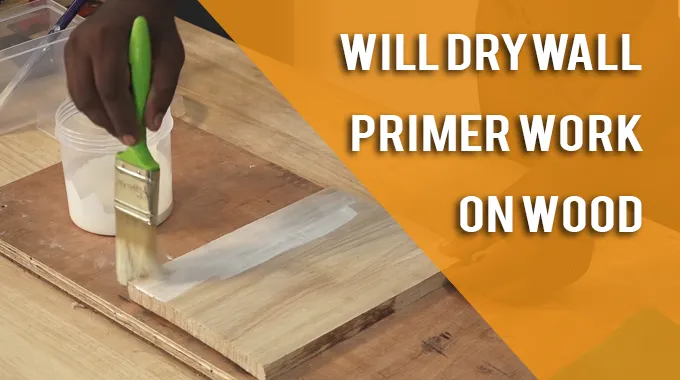Last Updated on March 21, 2023
When it comes to painting wood, preparation is key. If you’re looking for a clean finish and long-lasting results, applying an appropriate primer should never be skipped.
For instance, if you were wondering whether drywall primers can do the job on your wooden surfaces, unfortunately, that’s not in the cards. Wood and drywall may look similar, but they couldn’t be more opposite when it comes to what kind of primer works best with each.
If you use the wrong type of primer, your wood surface could end up damaged in the long run, so be sure that you don’t make a mistake, or else things can go awry. Trust us, it’s best not to mess around, given how delicate wood is compared to drywall.
Let’s take an in-depth look at what could be going wrong and discover why it pays to pick the right product.
Why Drywall Primer Won’t Work On Wood: 4 Reasons
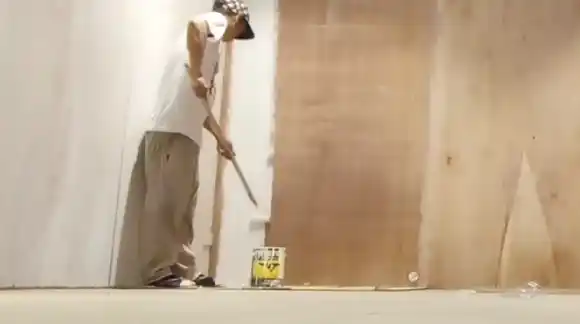
If you’re searching for a perfect paint job with no flaws, drywall primer won’t give you the seamless finish on wood that you desire. The polyvinyl acrylic binder isn’t quite up to the challenge of adhering and covering the highly porous surface.
Here are some reasons why it’s a no-no:
Drywall Primer Won’t Penetrate the Wood
Drywall primers are designed to be applied as a thin layer on drywall composed of gypsum, paper and plaster. On the other hand, wood consists of a variety of materials, such as cellulose fibers, lignin, and hemicellulose.
When it comes to applying drywall primers on wood, it will not penetrate the wood sufficiently to provide adequate protection against moisture or staining. This makes it difficult for drywall primers to create an ideal seal and protection for the wood surface.
Water Doesn’t Mix Well With Drywall Primer
Water is essential in most drywall primers, as it helps them adhere better to surfaces and improves their flowability. The main problem with applying drywall primer on wood is that it contains high moisture levels, which is incompatible with wood surfaces.
Despite this, when used on wood surfaces, this water can cause swelling and warping as it penetrates deep into fibrous materials like wood. This can cause long-term damage to the surface of the wood and prevent a proper bond between the two materials.
Primer Won’t Soak Into Woods
Unlike other surfaces, such as wallboard or masonry blocks which absorb paint primer quickly and efficiently. Wood is much less porous and won’t soak up any type of paint, including drywall primers, like others would.
The lack of absorption means there’s no strong connection, making it difficult for one material to stick properly to another. Also, if drywall primer is applied too thickly on a wooden surface, it may flake off easily over time due to a lack of paint adhesion.
Wood Gets Stained Easily When Using a Drywall Primer
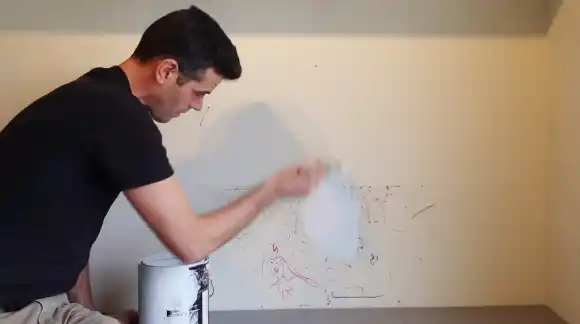
Most drywall primers have little pigmentation properties compared to regular paints, which makes them prone to staining from tannic acid found in most woods. This acid tends to permeate through primer layers causing discoloration on painted surfaces faster than normal paint products do without prior sealing treatments being applied beforehand.
Furthermore, these types of primers tend not to have enough adhesive strength for wood. They quickly start peeling off once exposed to outdoor elements such as UV rays, rain, snow, wind, etc.
Begin their work leading eventually towards noticeable fading along with increased levels of wood stain damage over time versus regular paints.
The Consequences of Not Using Primer on Wood Before Painting
Painting wood without the right prep work can be a costly mistake. If you go straight to paint and skip the primer, chances are your job won’t look good for long. It’ll start looking terrible soon after.
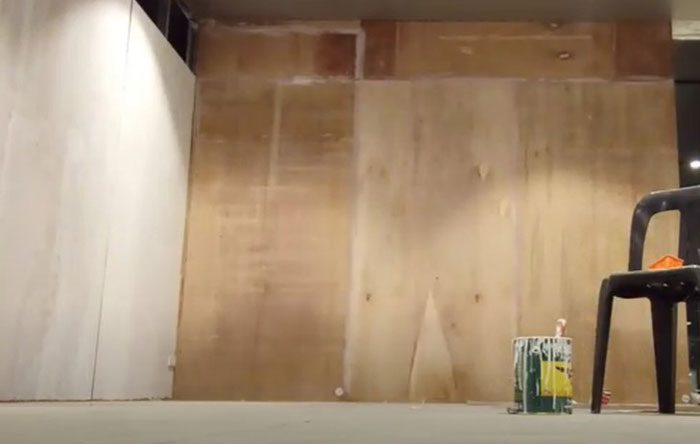
The following are reasons why priming wood is essential:
1. Poor Adhesion
Without primer, your paint won’t adhere properly to the wood surface due to poor adhesion. This means that the paint you apply will start to chip away in no time at all. In addition, if you don’t use primer, moisture may seep in and cause peeling over time.
2. Lackluster Finish
Without priming first, your paint job won’t have a vibrant finish like it would with primer. Instead, the colors may appear dull and muted because they are not fully sealed in by a layer of primer first.
3. Increased Paint Costs
Not using primer could lead to an increase in paint costs down the line, as more coats will be needed to cover up. With primer, you’re ensuring that fewer coats of paint will be used for better coverage and greater durability moving forward.
4. Uneven Texture
Without priming your wood first, you’ll end up with an uneven texture on your project that looks unfinished or unpolished. Regardless of how many coats of paint you apply over the top of it afterward.
5. Damage To The Wood Surface
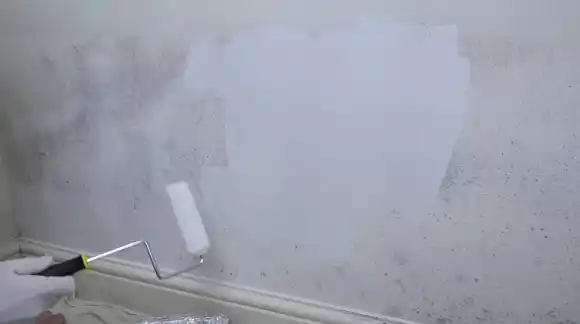
When painting without using primer, more damage can be done to your wood surface than just cosmetic issues. Left unprotected, wood is vulnerable to moisture invasion that can cause irreversible damage.
6. More Time Spent Painting
Lastly, if you don’t prime before painting, you’ll have to spend much more time achieving a decent-looking finish. Compared to when using a primer beforehand.
What Kind of Primer Should I Use On Wood?
When it comes to choosing the right primer for wood, it’s important to consider both the type of wood you’re painting and the type of paint you intend to use. If your wood isn’t stained or is brand new, you can opt for a high-quality latex primer or an oil-based primer.
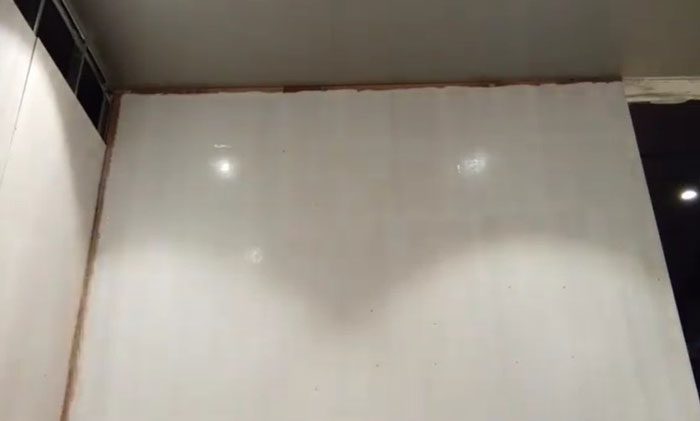
On the other hand, if your wood is already stained or you intend to paint redwood or cedar, then a stain-blocking primer would be a better choice. Latex primers offer convenience and are best for regular applications because they dry quickly and are more flexible than oil based paint.
With that said, oil-based primers provide better adhesion on raw surfaces and have superior moisture resistance – making them ideal for hardwood floors and trim. No matter what type of primer you choose, ensure that it is high quality and designed specifically for your intended application.
Can You Repaint Wood Without a Primer?
Repainting wood without a primer can often lead to poor results, even when multiple coats of paint are applied. Without the added protection of a quality primer coat, moisture can penetrate through the paint layers and cause damage to the underlying substrate.
A primer also helps create a stable base layer, making it easier for subsequent coats of paint to adhere properly and provide an even finish that lasts longer. Apart from that, using a quality primer is essential if you want to achieve good coverage.
What Can I Use As a Primer On Bare Wood?

To ensure good coverage and long-lasting results, both latex-based primers and oil-based primers are recommended depending on the type of paint being used on bare wood surfaces. Latex-based primers provide excellent protection against moisture while also being easy to clean up with water-soluble cleaning agents.
Whereas oil-based primers are great at sealing in existing stain or tannin residue within wood prior to applying a topcoat of paint. In either case, always use high-quality products manufactured for protecting wooden substrates for the best results.
Here are some recommended primers for wood surfaces:
All Surface Primer
This all-purpose primer has excellent stain-blocking resistance, making it ideal for new or previously painted surfaces like drywall, concrete, wood, masonry, metal, gloss, or difficult surfaces. A single coat achieves a high degree of opacity with improved adhesion properties for better topcoat coverage.
Its fast drying time makes it easy to achieve a beautiful finish in just one hour.
Wood and Fiberglass Primer
Any wood or fiberglass project will benefit from this versatile, durable primer. This corrosion-resistant primer dries quickly to the touch in just 1 hour and covers up to 100 square feet. It sands easily, giving your project a smooth finish, and allows the finishing paint to dry quickly.
Bring out the best in your woodwork with this perfect basecoat. Enjoy a durable finish that adds beauty and longevity to any bare wood surface.
Waterborne Bonding Primer
Waterborne Bonding Primer is a quality wood primer designed to fortify and reinforce surfaces while providing excellent alkali resistance. This low VOC primer makes it easy to clean up with just soap and water, making it a great choice for any kind of surface prep.
Its unique blend of formulas helps to make sure that the application results in a beautiful, long-lasting finish. It’s perfect for both interior and exterior surfaces.
High Hide Cover Stain Primer
It is an oil-based, fast-drying primer designed to hide dark colors and block tannin bleed. It dries to the touch in 35 minutes for a flat white finish, so you can recoat it in as little as two hours. The high-hiding formula penetrates deeply into exterior wood and provides superior coverage for more even results.
For best results, use this advanced primer with either acrylic latex paint or an alkyd enamel finish coat for long-lasting color and protection.
Does Wood Need to Be Sealed Before Priming?

To ensure its lasting protection, raw wood needs a little pampering, apply at least two coats of sealer, and it will be good to go. The primary purpose of sealing wood before priming is to provide an additional layer of protection to preserve the integrity of the wood.
Sealing creates a barrier that prevents moisture and other contaminants from penetrating and damaging the raw wood. While also helping to reduce any potential warping or splitting due to changes in temperature or humidity.
Applying two coats of sealant directly onto the raw wood seals any pores, cracks, or crevices that are present, creating a more solid surface for the wood primer to adhere to. As well as creating a protective seal, the sealer can also help fill in any unevenness in the surface, allowing for better coverage when it comes time to prime.
Avoid Drywall Primers for Wood Surfaces
Clearly, drywall primers are not suitable for application to wood surfaces. Because their chemical composition and application methods differ considerably from those for wooden surfaces. A wood primer must be used when wanting to paint wooden surfaces for a superior finish and longer-lasting effect.
To continue with, it is essential to seal the surface of any wooden material before applying its respective primer for optimal results.
